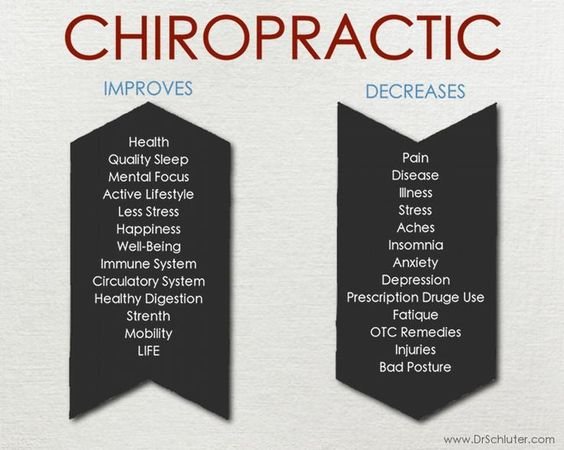Regular Tasks That Add To Neck And Back Pain And Ways To Avoid Them
Regular Tasks That Add To Neck And Back Pain And Ways To Avoid Them
Blog Article
Content By-Briggs Schaefer
Preserving proper posture and avoiding typical pitfalls in day-to-day activities can considerably impact your back health. From exactly how you rest at your workdesk to just how you lift hefty objects, small modifications can make a big distinction. Think of a day without the nagging neck and back pain that prevents your every step; the remedy may be simpler than you believe. By making a few tweaks to your everyday behaviors, you could be on your method to a pain-free presence.
Poor Stance and Sedentary Lifestyle
Poor stance and a less active way of life are 2 major factors to pain in the back. When you slouch or suspicion over while sitting or standing, you put unnecessary stress on your back muscular tissues and spine. This can lead to muscle mass inequalities, stress, and eventually, chronic pain in the back. In addition, sitting for extended periods without breaks or exercise can damage your back muscular tissues and result in tightness and discomfort.
To deal with poor pose, make a mindful initiative to rest and stand straight with your shoulders back and straightened with your ears. Bear in mind to keep your feet level on the ground and prevent crossing your legs for extended periods.
Integrating routine extending and strengthening workouts right into your everyday regimen can additionally aid improve your stance and reduce pain in the back related to an inactive way of living.
Incorrect Training Techniques
Improper lifting techniques can substantially add to neck and back pain and injuries. When you lift hefty objects, keep in mind to bend your knees and utilize your legs to raise, rather than counting on your back muscles. chiropractic care calgary turning your body while training and maintain the object near to your body to lower stress on your back. It's important to preserve a straight back and prevent rounding your shoulders while lifting to prevent unneeded stress on your spine.
Constantly assess the weight of the things before raising it. If it's too hefty, request assistance or usage tools like a dolly or cart to carry it safely.
Remember to take breaks throughout lifting jobs to provide your back muscular tissues a possibility to relax and prevent overexertion. By applying appropriate training techniques, you can avoid pain in the back and minimize the threat of injuries, ensuring your back stays healthy and strong for the long-term.
Lack of Normal Workout and Extending
A less active way of living devoid of routine workout and extending can significantly add to back pain and pain. When you don't engage in physical activity, your muscles become weak and stringent, causing bad position and enhanced pressure on your back. how to deal with lower back pain strengthen the muscle mass that support your spinal column, boosting security and minimizing the danger of back pain. Integrating stretching right into your regimen can additionally improve adaptability, stopping stiffness and pain in your back muscular tissues.
To stay clear of neck and back pain brought on by a lack of exercise and stretching, aim for a minimum of 30 minutes of moderate physical activity most days of the week. Include workouts that target your core muscle mass, as a solid core can assist minimize pressure on your back.
Furthermore, take breaks to stretch and move throughout the day, specifically if you have a workdesk job. Basic stretches like touching your toes or doing shoulder rolls can aid ease tension and protect against neck and back pain. Focusing on regular exercise and stretching can go a long way in preserving a healthy and balanced back and lowering pain.
Conclusion
So, remember to sit up right, lift with your legs, and stay energetic to prevent neck and back pain. By making simple changes to your daily practices, you can stay clear of the discomfort and restrictions that come with pain in the back. Deal with your spinal column and muscular tissues by practicing excellent position, appropriate lifting techniques, and regular exercise. Your back will thank you for it!
